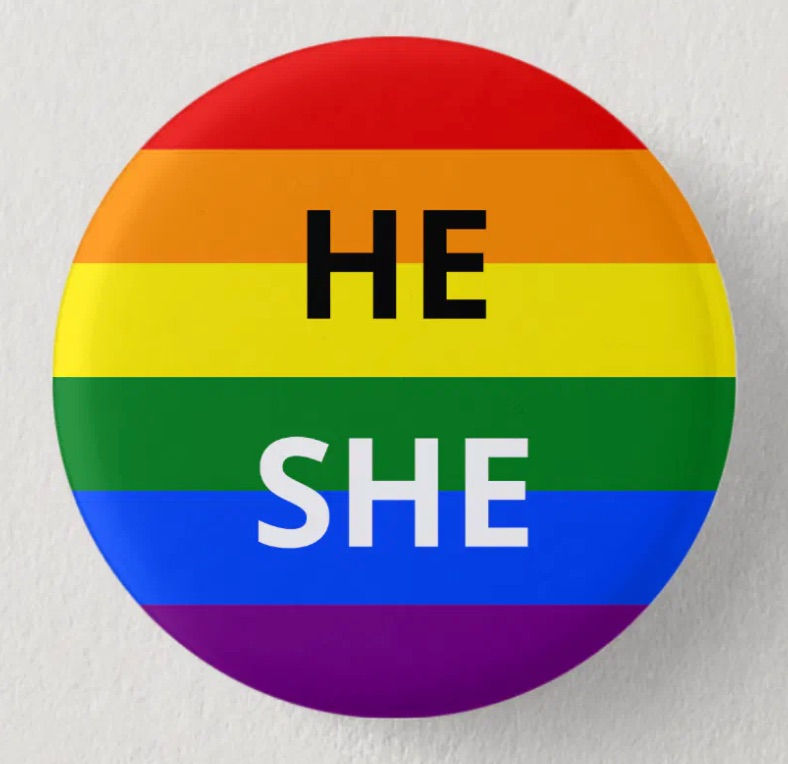Understanding Intent in Misgendering Trans Women
- Maddie Taylor

- Nov 22, 2023
- 2 min read
Updated: Dec 5, 2024

In the intricate tapestry of human identity, the experience of being transgender is a unique and challenging journey. For transgender women, one of the hurdles often encountered is the phenomenon of misgendering – being referred to by the wrong gender. What I think is critically important is the significance of INTENT when it comes to misgendering, exploring whether the person behind the mistake is acting out of genuine error or harboring harmful intentions.
To understand the gravity of misgendering, we must first acknowledge its emotional and psychological toll on transgender individuals. For trans women, being consistently addressed by the wrong gender pronouns can lead to feelings of dysphoria, anxiety, and a sense of alienation. It's akin to a constant reminder that their identity is not being fully recognized or respected. Intent matters when grappling with misgendering, it is crucial to consider the intent behind the mistake. Intent can be broadly categorized into two types: accidental and intentional.
Accidental Misgendering: In a world where societal norms are deeply ingrained, many people may not be consciously aware of the struggles faced by transgender individuals. Accidental misgendering often stems from ignorance rather than malice. It could be a result of unfamiliarity with transgender experiences, a lack of exposure to diverse identities, or simply a slip of the tongue. It is essential for trans women and their allies to foster open communication and education in these situations. Correcting misconceptions, sharing personal experiences, and providing resources can contribute to a more understanding and empathetic environment. I've been misgendered before, even by my friends sometimes, and I just politely correct them with a smile and they correct themselves and it's all good.
Intentional Misgendering: On the other end of the spectrum lies intentional misgendering, where the act is deliberate and aimed at undermining or disrespecting the transgender individual. This can be a manifestation of transphobia, discrimination, or a refusal to acknowledge someone's gender identity. Confronting intentional misgendering requires a different approach. It involves advocating for oneself, seeking support from friends and allies, and, in some cases, taking legal action if the misgendering occurs in contexts where discrimination is prohibited by law. I've only had this happen one time and I was caught off guard. Because it had never happened to me before, I hadn't thought through a good response. I recommend thinking through how you would respond in different situations so you can handle it they way you would like to rather than knee jerk reactions that might not be how you want the interaction to go.
.In the complex landscape of transgender experiences, misgendering stands as a poignant reminder of the challenges faced by trans women. Recognizing the importance of intent in these situations helps build bridges of understanding between the transgender community and the wider society. By fostering empathy, education, and open dialogue, we can contribute to a world where every individual, regardless of their gender identity, is acknowledged and respected.
Please feel free to share your thoughts and or misgendering experiences and how you handled them...I'm sure we could all benefit from hearing your stories.










Comments